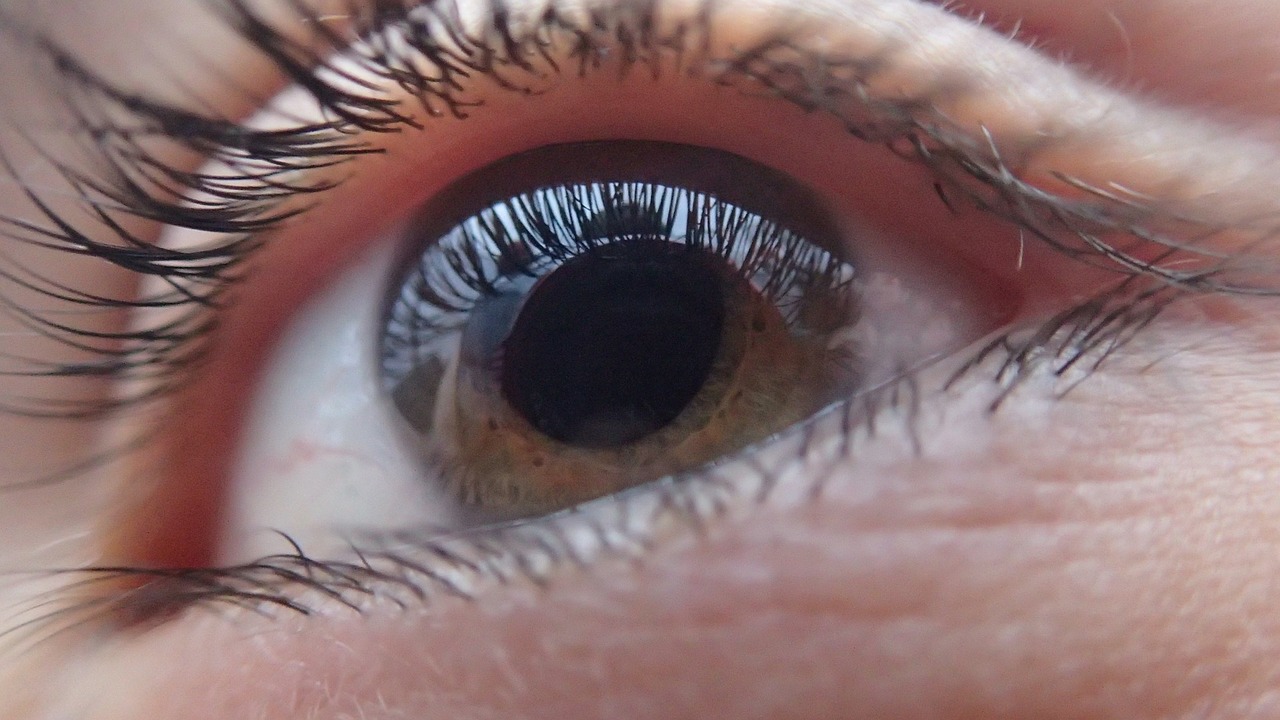Ophthalmology: dark spots before the eyes. What can they mean? Although it is not completely obvious, quite a lot of people are interested in the topic of ophthalmology. Dark spots before the eyes are a problem that affects people of all ages. Not everyone knows how to deal with it and what exactly is the main reason for its occurrence. Some just see irregular patches in front of their eyes, most often they appear when you look at a point of very high brightness.
Sometimes all of these ailments are also accompanied by general image silencing. Ophthalmology has been investigating similar cases for years, and doctors make every effort to approach each of them in the most individual way possible. Dark spots can be both the first symptoms of eye disease and its consequences. There are also situations when they are not a harbinger of anything particularly dangerous and simply constitute an integral part of the specificity of the organism.
- https://www.ponadto.com.pl/rozwod-bez-orzekania-o-winie-jak-go-uzyskac/
- http://www.sentinels.pl/pomysl-na-biznes-interesujace-stoisko-handlowe
- https://www.sentinels.pl/jak-anulowac-subskrypcje-apple-music/
Ophthalmology: dark spots before the eyes in a specialized approach
First of all, it should be mentioned that ophthalmology is one of the most developed branches of science, which means that many problems can be diagnosed quickly enough, but effective methods of treatment could be selected. For this reason, the first thing you should do after observing the phenomenon of moths is to see a doctor and undergo a thorough eye examination. Most often it consists of:
- fundus assessments,
- checking the functionality of the optic nerve,
- examination of intraocular pressure.
In many situations, however, it turns out that standard ophthalmological examination is insufficient. Then it is necessary to undergo additional neurological assessment. Many problems related to the quality of the image seen are due to diseases of the central nervous system and in practice they are not caused by ophthalmic problems.
- wildmoose.pl/pozycjonowanie-stron-katowice/
- miod24.com.pl/pl/c/Miod-Rzepakowy/19
- szkolenia-bhp-online.com.pl
When do the spots appear in front of the eyes?
Dark spots before the eyes appear in very different situations. All because they are caused by more than one factor. Patients usually observe them in the following situations:
- as a result of a sudden change of position,
- when getting up (especially fast),
- during high physical exertion,
- in people between 18 and 22 years old,
- frequent headaches and migraines
- changes in light intensity (e.g. when leaving a dark room outside),
- complications in connection with Hashimoto’s disease.
Sometimes dark spots appear also without a reason. They are then considered a kind of inconvenience that unfortunately cannot be treated. Some specialists, however, try to treat them as a defect and correct them, for example with the help of glasses. Unfortunately, the mottles do not disappear as a result of similar actions, although of course there are exceptions. Ophthalmology is still engaged in conducting detailed research on this subject.
Ophthalmology and methods of treating scat
Astigmatism is often the cause of various visual disturbances. To determine the real cause, however, it is necessary to conduct detailed ophthalmological examinations, which have already been described earlier. The method of treating mollusks depends on the reason that causes them. There is no method of therapy based solely on symptoms. Despite this, the most common recommendations of specialists include changing the diet into a much more balanced one, introducing more physical activity into your life and focusing more attention (increasing caution) when using contraceptive measures.
If, after all these recommendations are effectively implemented, the patient is still struggling with the problem of dark spots before the eyes, then it is possible to take more advanced measures. However, it is worth knowing that due to the continuous development of ophthalmology , patients can be sure that their problem will finally be solved.
Dark spots before the eye caused by strong light
Many people know very well the feeling of being slightly dizzy when they suddenly change position. A very similar feeling is caused by a sudden look at a source of strong light. Some are looking for harbingers of serious illness, but in practice it is most often the result of a change in pressure and a completely normal, or even standard reaction of the body. Do not worry too much about it, unless the effects of visual disturbances persist for a long time or do not go away at all. In this case, you should immediately seek the advice of a specialist.
Ophthalmology is a science that does not ignore any case studies. Doctors and scientists are well aware that good results depend on the individual approach to each case. Contrary to appearances, there is no room for general solutions in this field of science. Usually you need to choose treatment methods based on the analysis of specific ailments. Fortunately, there is no shortage of good ophthalmologists in Poland. I am talking about those who understand the importance of treating each patient in the most personal (and at the same time professional) way possible.


















